How to distinguish the quality of weak current cables
How to distinguish the quality of weak current cables
Source: Zhongguancun Online Author: [unknown]
In the process of selling weak current cables, whether online or offline, many customers will ask how to identify the quality of weak current cables:
1. Sheath: The surface can see the regular "unevenness" of the braided net inside the compression, indicating that the processing technology is good, and there will be no relative sliding, and it is a good cable. The appearance is smooth, the "unevenness" of the compressed and braided net is not visible, and the sheath is loose when pinched by hand, which is a bad cable;
2. Check the shielding layer braiding: whether the number of braiding is sufficient for braiding the copper wire, check the solderability, scratch the tinned copper wire to see if it is copper wire inside, the hardness of the aluminum-magnesium alloy wire is obviously greater than that of the copper wire; the braiding is sparse and distributed Uneven, not tightly wrapped with the insulating layer, etc. is a bad cable
3. Check the core wire: diameter-SYV cable is 0.78-0.8mm, SYWV cable is 1.0mm; recently there has been a SYV75-5 cable with a core diameter of 1.0mm. The characteristic impedance of this cable is definitely not 75 ohms. , Not applied to 75 ohm transmission system;
4. Check the adhesion force between the core wire and the insulating layer: cut the insulating layer diagonally, and pull the core wire apart in the stripping direction to see if the core wire and the insulating layer are bonded to the process materials; good cables have larger adhesion forces, but poor The cable is not stuck;
5. Longitudinal tensile test: Take one meter of cable, strip the core wire, insulation layer, shielding layer, and outer jacket in layers, leaving each 10 cm long. The method is: hold the two adjacent layers of the cable with two hands and pull them in opposite directions; good cables can’t be pulled by force, but poor cables can be easily pulled out without much effort—the elevator cable is very important, and many so-called " "Special cables for elevators" all have this problem;
Test with fire:
There are too many types of fake copper wires and the degree of simulation is very high. It is difficult for ordinary people to distinguish. The worst thing is that he cheats merchants everywhere saying that it is all copper. Those ordinary merchants are only deceived. I Now I will share my only experience with you, hoping to be useful to all friends; there are several types of fake copper wires on the market now:
1) General fake copper wire: copper-clad aluminum, copper-clad aluminum-magnesium alloy, copper-clad steel, copper-clad iron,
2) High imitation fake copper wire: copper-clad aluminum-magnesium alloy is added to the multi-strand copper wire in a certain proportion. Other materials are processed by electroplating copper. The price is generally much more expensive than the previous one. After all, there is real copper in it.
3) Copper wire that does not meet the standard: the material is not drawn copper wire made of oxygen-free copper, the transmission performance is not good, or the number of cores is not enough, etc.;
As the saying goes, real gold is not afraid of fire. The true and false SYV, RVV and other copper wires can also be distinguished by fire. First, open a section of the wire to expose a section of copper wire and divide them sparsely (the effect is better) Generally, it will appear when it is burned with a windproof lighter. The real copper wire is very resistant to high temperature. It is absolutely no problem for more than one minute. At most, the color will change a little. If it is copper-clad aluminum or copper-clad aluminum-magnesium alloy, it will be very Quickly bend, if it is copper-clad steel or copper-iron-clad, it will be revealed by scraping it with a knife;
Transmission performance test:
The video cable, as the name suggests, is a transmission cable used to transmit video signals. Since it is to transmit video signals, at least we must understand the transmission characteristics of the transmission line in the 0-6M frequency band, or in other words, the transmission performance. Here I mainly talk about the "oscilloscope measurement method" for reference, because the oscilloscope is an indispensable "weapon" for engineering companies and one of the required equipment for qualification review; the following description is based on the proficiency in using the oscilloscope.
1. The color camera video signal can be used as a "standard video signal source": the video output of the camera used in the test project should be 1Vp-p on a 75 ohm load, that is, the bottom end of the line sync head to the highest white level of the video signal "Peak-Peak"; Note that the amplitude of the horizontal sync header is "-0.3V", and the amplitude of the color burst header (4.43M sine wave pulse) is 0.3Vp-p; select the oscilloscope sensitivity and hit the amplitude calibration state. Select a camera with better indicators as the "video source";
2. The test cable should be as long as possible to reduce the measurement error, such as 1000 meters, the cable middle connector must use "F-type connector" and coaxial double pass (cable TV equipment), do not use welding method, because the welding method damages the cable The coaxiality and continuity of characteristic impedance.
3. Measure the DC resistance data of the cable: For example, the SYV75-5 cable is 1000 meters, the DC resistance core wire is 35-40 ohms, and the outer shielding layer resistance is 1000 meters is 24-36 ohms (the number of shielding layers is different, and the resistance is very different) ; SYWV75-5 cable 1000 meters, the DC resistance core wire is 18-22 ohms, and the outer shielding layer resistance is 1000 meters is 24-36 ohms; the accumulation of this information is very useful, not only can judge the quality of the cable material, but also use it for engineering Check the quality of wiring and pipe penetration. For example, when the customer wears the pipe, the line is broken, the resistance value becomes larger, the video signal becomes weak, and the interference that should not appear is also present. The probability of occurrence of this type of "accident" is very high, but Often overlooked;
4. Measure the high and low frequency attenuation characteristics of the cable: measure the amplitude of the line head and the burst head at the end, use 0.3V as the 0db reference, and calculate the attenuation. The line head represents the low frequency attenuation, and the color burst head represents the 4.43M high frequency attenuation. ,—For example, the measured line sync head of 1000 meters is 0.15V, the db number of the attenuation multiple calculated according to 20log is "-6db/1000m", and the measured amplitude of the 4.43M color sync head after 1000 meters attenuation is 30mv, which is 1/ 10 times, the attenuation is -20db/1000m; this method can accurately grasp the transmission quality of different cables, and has an intuitive concept of "frequency distortion (high and low frequency attenuation)", you can more accurately measure the same The difference and performance of SYV and SYWV cables of model and structure, compare the difference and performance of products of different manufacturers, and compare the changes of different batches of products from the same manufacturer;
5. The above method can also detect the performance of the video transmission system and equipment: such as the transmission characteristics of each coaxial video cable in the project, the transmission characteristics of the optical transceiver (you can measure good or bad, don’t think it is all ideal), radio frequency transmission, microwave Transmission characteristics, the transmission characteristics of the twisted pair, the distribution characteristics of the video splitter, and the switching characteristics of the matrix host. Pay special attention to when multiple outputs switch the same input signal at the same time. If you find that the more the switching channels, the greater the attenuation. It's wrong, it should remain unchanged. After the test, you will have a lot of unqualified products;
6. Observe the field signal, and see if the distortion of the field synchronization position is large (uneven)-it should be very flat;
7. At the same time, you can also use the oscilloscope to observe the low-frequency interference: if the field signal has slow fluctuations, it is 50/100-week interference, there are many "thatch" jumps, most of which are frequency-conversion harmonic interference, disconnect the remote camera, and the cable The inner and outer conductors of the far end are short-circuited, and the interference waveform and intensity can be directly observed with an oscilloscope at the end; this method can also check and test the anti-interference.


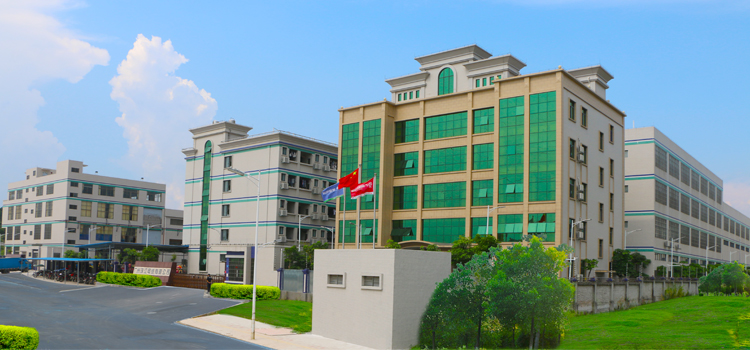 Company Profiles
Company Profiles Company Culture
Company Culture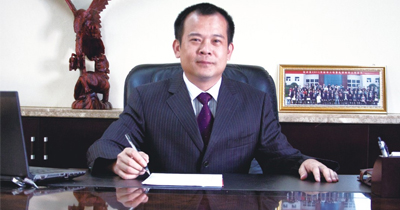 Message
Message Honor
Honor Video Center
Video Center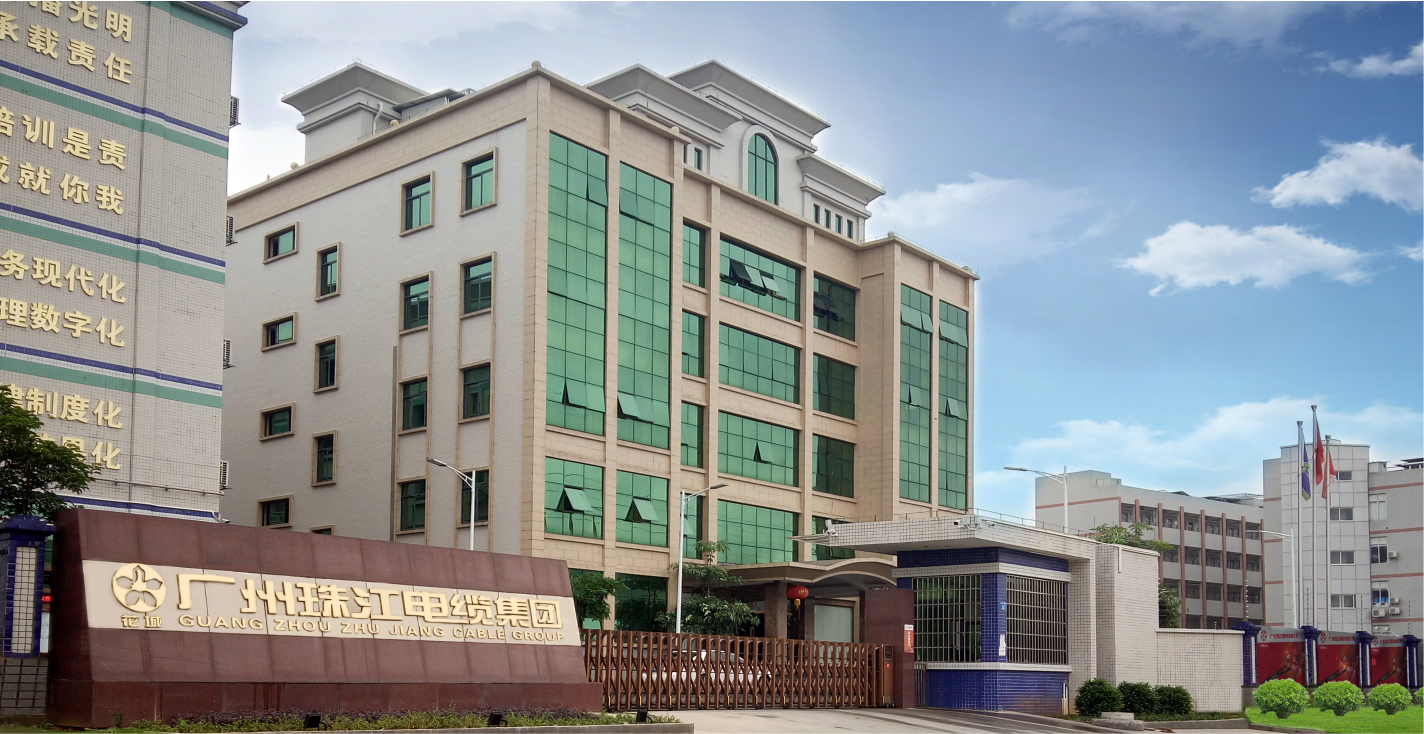 Company Reality
Company Reality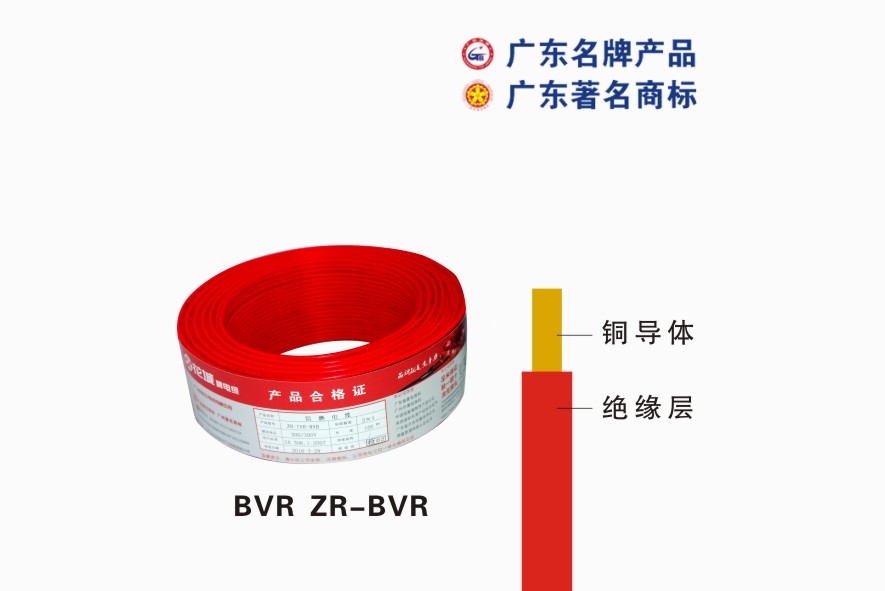 Pearl River Cable
Pearl River Cable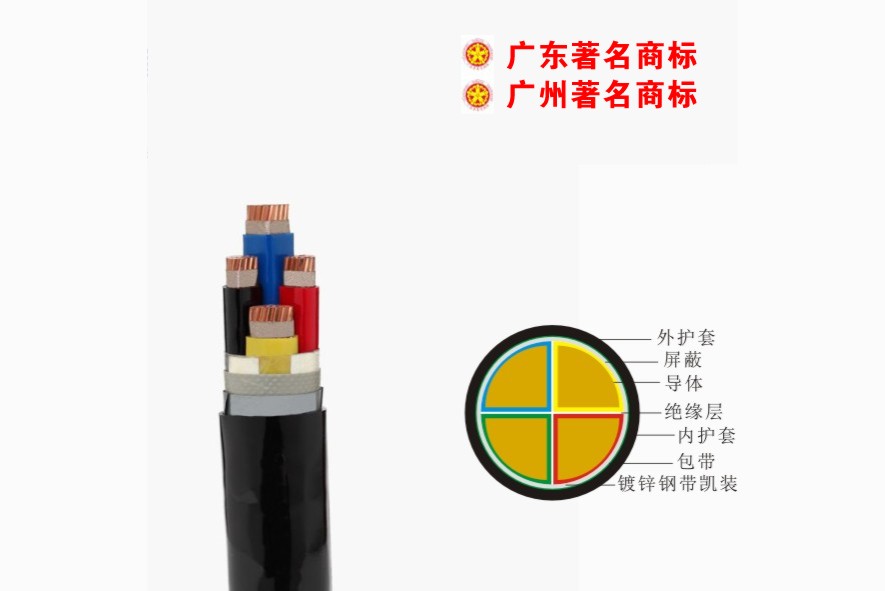 Low Voltage Cable
Low Voltage Cable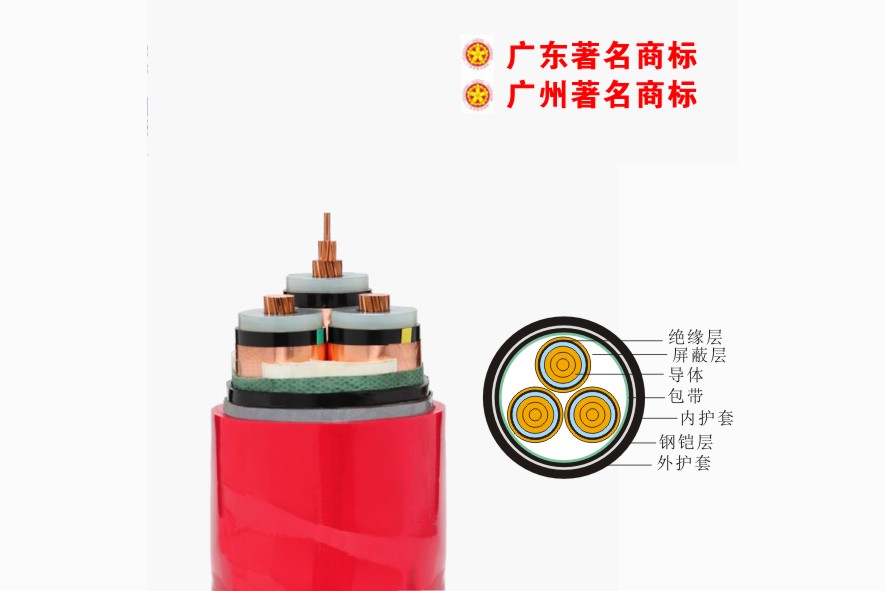 Medium Voltage
Medium Voltage Mineral Cable
Mineral Cable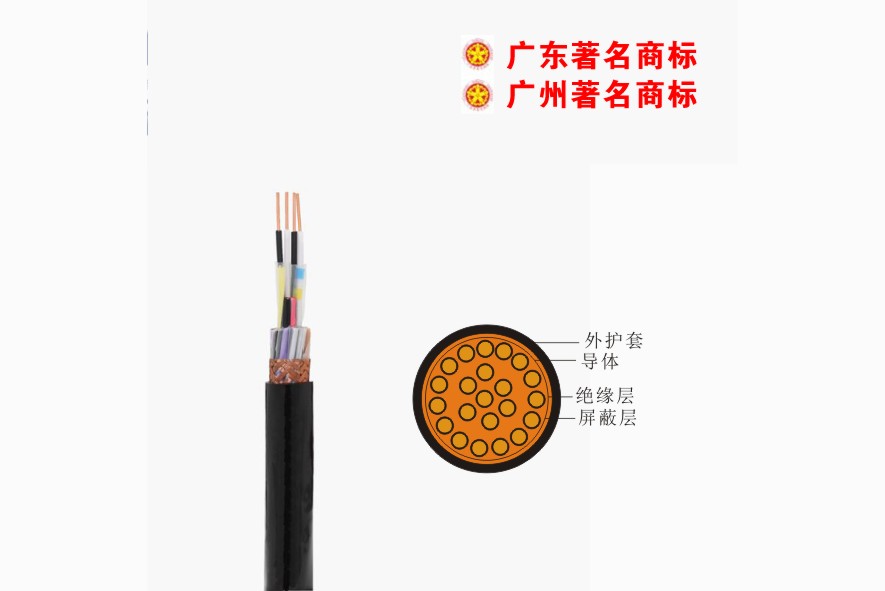 Control Signal Cable
Control Signal Cable Corporate News
Corporate News Cable Information
Cable Information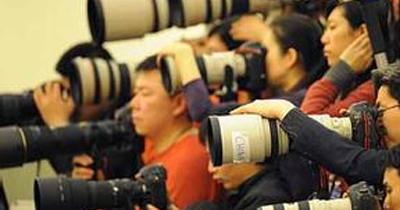 Media Reports
Media Reports Network Reprint
Network Reprint


